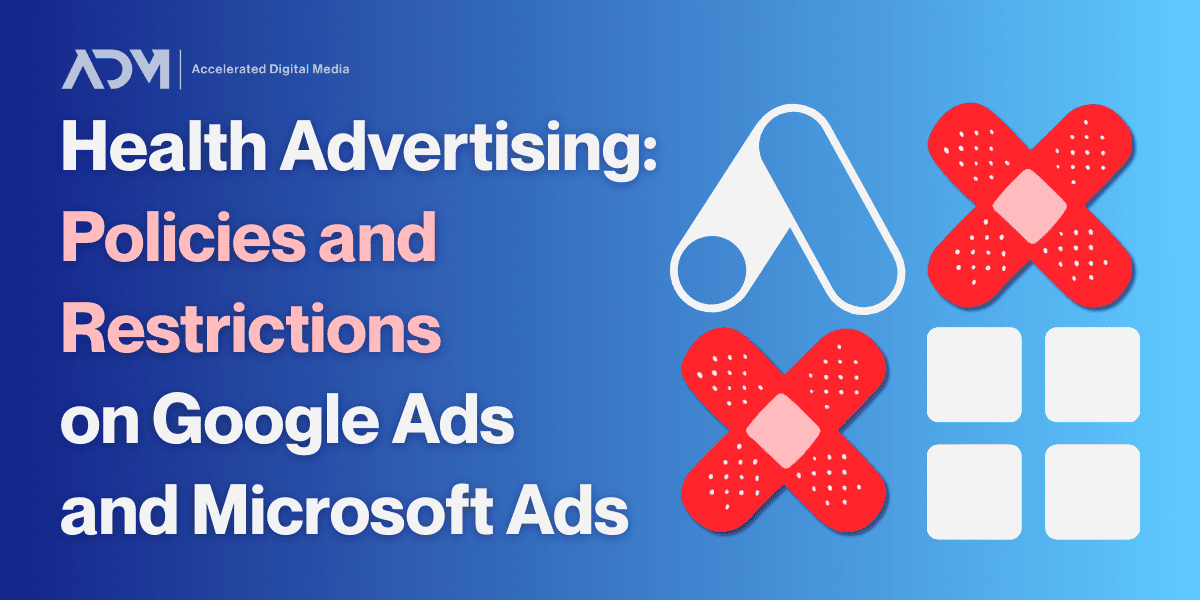Google Search has changed a lot in recent years thanks to artificial intelligence (AI). The biggest change, however, may be yet to come. At Google’s I/O 2023 event, they announced plans to incorporate generative AI into its search functionality—a change that could have huge implications for website owners and advertisers.
Generative AI is a fast-growing field in tech. These models have the ability to generate text, graphic, or even video content by learning from the wealth of material available to them on the internet. Most of the attention has focused on AI art generators or chatbots like ChatGPT, as companies work to determine their business utility and accuracy.
While this technology draws polarizing reactions from different stakeholders, it’s undeniably going to change how users interact with the internet. Let’s take a look at what we know about Google’s plans to integrate generative AI into search, and then dive into the unknowns that remain.
What We Know About Google’s Generative AI Search
After being announced at I/O ‘23, Google has provided some additional materials explaining its generative AI intentions. Here’s what we know about it so far:
- It isn’t the same as Bard
While Google has its own chatbot, Bard, Google executives are quick to point out that the generative AI it is integrating into search is not the same thing as Bard—though without specifying what exactly makes the underlying technology different. Instead, Google is currently calling this program its Search Generative Experience, or SGE.
- It’s designed for complex queries—and conversations
On its own company blog, Google explains that its SGE tech is designed to “[take] more of the work out of searching.” Most examples it provides revolve around hyper-specific, multi-part queries, like: “what’s better for a family with kids under 3 and a dog, Bryce Canyon or Arches?” Upon asking, the technology will scour the web to generate a few paragraphs of copy that try to address each consideration within the question.
SGE results will cite the sources that it pulls information from and allow users to ask follow-up questions “in a conversational mode.” So even if it isn’t Bard, it will still work as a chatbot on command.
- Shopping (and Shopping Ads) will play a huge role
One of the early benefits of SGE that Google has touted is its shopping functionality. It is built to field complicated queries, meaning users should be able to search more specifically for the exact product type they are looking for. It is also linked with the 35-billion-plus product listings contained in the Google Shopping Graph, giving it a massive dataset to learn and deliver results from.
Google Shopping (and its Performance Max successor) are already among the most potent ad tools for eCommerce brands. Hyper-specific product results, combined with informative generative text, may make product listing ads even more effective.
Questions We Still Have About Google Search Generative Experience
Because Google is the leading search engine on the planet, fundamental changes to its functionality could have wide-ranging impacts on how people interact with the internet. Here are a few unanswered questions about this technology:
- Will SGE hurt website traffic?
“As we bring generative AI into Search, we’re committed to continue sending valuable traffic to sites across the web,” Google says. But if users are able to get their complex queries answered entirely on the search results page (SERP), will they still be inclined to follow the links that SGE draws from when building its replies?
If reliance on SGE becomes the norm, it could have a massive impact on the way the internet operates and have serious ramifications for current business models. Informational websites sites that are predominantly free and generate their value from programmatic advertising could see their traffic tumble, calling into question the future value of such advertising and the sustained existence of websites that rely on it.
- Will SGE be trustworthy?
A problem with chatbots is that they often pull their answers agnostically from whatever they can find on the web that seems relevant—meaning they may end up incorporating information that is unsavory, unreliable, or downright untrue. Google itself admits this limitation, mentioning in a whitepaper that “Like all LLM-based experiences, SGE may sometimes misrepresent facts or inaccurately identify insights,” and later stating that, while the technology is designed to take a neutral tone, “there may be instances in which the output reflects opinions that exist on the web.”
- What other advertising opportunities will it offer?
In the same whitepaper, Google doubles down on its commitment to making sure Search ads are still prominently displayed and distinguishable from organic results. In previews, SGE takes up a lot of the quickly-shrinking real estate on the SERP—which may contribute to concerns of smaller advertisers and organic results being “crowded out.”
If SGE is going to have Ads integrations other than Shopping, Google isn’t saying what they are just yet, writing only that “Search ads will continue to play a critical role,” and that, “we’ll test and evolve the ads experience as we learn more.”
Keeping Up With the Future of Search
Google’s SGE is currently available for testing to participants in its Search Labs program. It’s unknown when the feature will roll out to the general public.
But no matter how much it changes, one thing is clear: Google isn’t going anywhere, and Google Search will still remain one of the most important tools in digital marketing. At ADM, we’re dedicated to staying ahead of the curve with the latest tools and opportunities available in the industry. We’re excited to see how this change will reshape how our clients connect with their customers.




